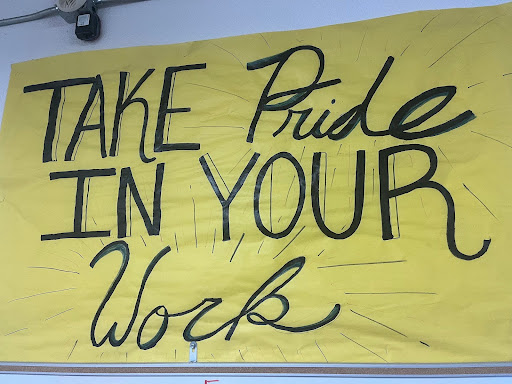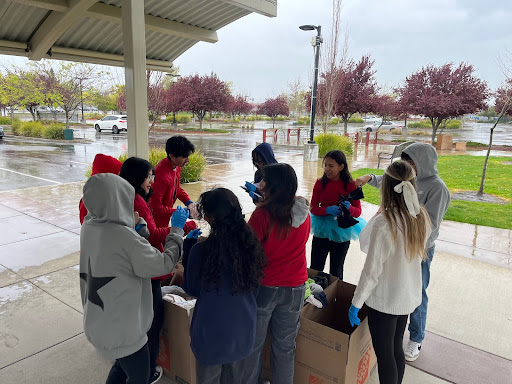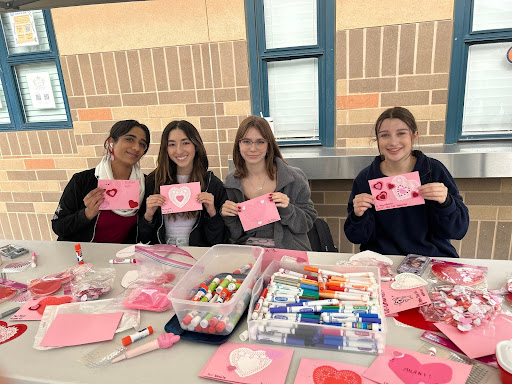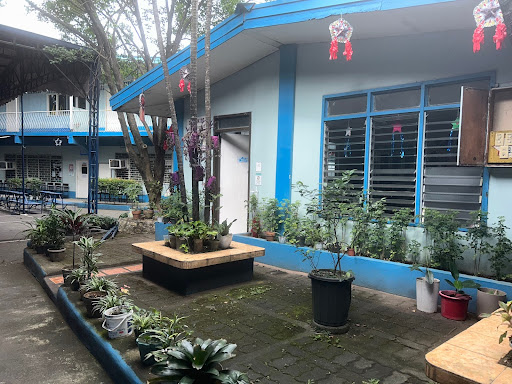College still the main career path for most soon-to-be-graduating Natomas high school students
More stories from Akshaj Mehta
College has been viewed as the main stepping stone to a high-paying job and a successful life for many years now. However, the paths students choose to get to a four-year university are becoming more varied.
Noah Crocker, a senior at Natomas Pacific Pathways Prep (NP3) High, described what his plans will be after high school.
“I plan to go into a career that is synonymous with my degree; I feel like if I’ve poured tens of thousands of dollars and four years of my life into one, I might as well use it,” said Crocker.
Ryan Masih is another senior at NP3 High who will be choosing to go to college, with the goal of earning a job he wants.
“My plans for after college would be to find a job that I enjoy and pays well. I am choosing this because I want to be able to have a good job that I can support my family and myself,” said Masih.
Brandon Mangornong would follow a similar path after high school.
“To start, I would hope that I, at some point, get a job within the field of either Computer Science or Biology. I am planning on majoring in either one of those in college and hopefully getting at least a bachelor’s degree,” said Mangornong. when asked about his plans after college.
Despite all three deciding to go to college straight out of high school, the way they plan to get to a four-year university varies drastically.
“I will most likely be using the TAG (Transfer Admission Guarantee) program because I am thinking of going to a community college and then to a UC. I think that the TAG program is great for all types of students,” said Masih.
The TAG program, as per the University of California’s Admissions website, guarantees students a spot in one of six participating universities, provided they first complete two years of community college.
“I think the TAG program is great, and very cost-efficient for those who want to attend a four-year college or university but may have a hard time affording it,” said Mangornong.
The biggest enticement the TAG program provides is lower tuition costs, as students would pay only for two years of the UC school, as opposed to four, and yet still get a degree under the UC banner.
“As a senior who is currently applying to several UCs and CSUs, I am extremely concerned about the prices of these schools, and the likelihood that I could end up in serious debt by attending these universities straight out of high school,” said Mangornong. “Seeing how much more affordable community college prices are compared to the bigger universities across California has caused me to rethink my plans for life after I graduate from NP3.”
Crocker echoed those thoughts.
“It seems more cost-effective without compromising your college education, and I actually think people are more likely to go to community college now because college is only getting more expensive,” he said.
The fact that college is getting more expensive is ringing true for all students nationwide.
“In our current society, we have lots of inflation and other problems that may impact our ability to go straight to a four-year university. So I think that students are probably more likely to go to community college now, than before,” said Masih.
AP Government and AP Comparative Government teacher Jonathan Peacock explained how he hasn’t seen a noticeable trend for students going towards a four-year or not.
“There’s always a mix. I’ve taught AP gov for 15 years, and there’s a big split. In AP and higher achieving seniors there’s more competitive spirit. At Np3 there’s more desire to go to community college and go to ARC first then 4 year,” said Peacock.
There also are differences between schools in the area.
“At Sac High, there was a big emphasis on a four-year university and they made a big distinction,” said Peacock.
He explained school culture and family dynamics play a role in determining students’ educational track after high school.
“I think that the culture of the school can definitely play a role in people’s choices. How counselors explain different options have a role. A lot of kids might not even know about the TAG program. They may look at the cost implications of a four-year. The culture of parents and families has a part to play too; if you don’t … (start) at a four-year then that’s looked down upon,” said Peacock.
Your donation will support the student journalists of Student Education Reporter program. Your contribution will allow us to hire more student journalists to cover education in the Sacramento region.












